
While reviewing the Leica Q last month I was fascinated by the built-in triple focal lengths. Despite relying on nothing more than in-camera crops, the ability to change focal lengths is particularly interesting because of the method Leica has used to make it easy to use. The frame lines, which mimic the traditional M rangefinder, make a wonderful new toy. After chatting to a number of new Q owners, however, I’ve had mixed views. Some say they will never use the camera crop function because they can achieve the same results in post processing. Others think it is a good idea and helps with composition and visualisation of the subject. I think it is a good idea.
It didn’t take me long to start thinking of this crop function as a sort of simulated Tri-Elmar. Or, perhaps we should say, Tri-Summilux. The Tri-Elmar 28-35-50 offers the same three focal lengths as the Q but, crucially, these are three full-frame optical alternatives. With the Q it’s just a subterfuge to make you think you are looking through a 35mm or 50mm lens.
Since the Q is still here I decided to do some back-to-back comparisons, more for fun than anything else. It’s obvious that the ultimate image quality of a 50mm full-frame shot using the M lens is going to outshine a 50mm cropped image from the Q. If you are making large prints then the M lens is always going to be better. But for everyday pictures, especially those viewed on the web, how does the Q’s crop perform?
Today I took out the Tri-Elmar on an M240 and the Q. All these shots were handheld and the stabilisation on the Q was switched off. The only big difference from an operational point of view is the method focus. On the M it’s all manual, on the Q I decided to use single-point autofocus rather than manual. The Tri-Elmar has a maximum aperture of f/4 whereas the Q is much faster with its f/1.7 Summilux. I settled on f/5.6 which is a good compromise for both lenses and should result in maximum sharpness.
First off, I had a look at the pretty Black Lion Inn through the lenses of both cameras, with the Tri-Elmar set to 50mm and the Q to the 50mm crop.
<img src="https://www.macfilos.com/wp-content/uploads/2015/07/5c53246552d5b_img.jpg" alt=''/>
<img src="https://www.macfilos.com/wp-content/uploads/2015/07/5c5324663573e_img.jpg" alt=''/>
The 50mm from the Q stacks up well against the full-frame 50mm shot from the Tri-Elmar at this small size. Click on the images to enlarge. Below, however, the difference is obvious when both images are cropped. The Tri-Elmar wins, as you would expect. The surprise, though, is just how well the Q performs.
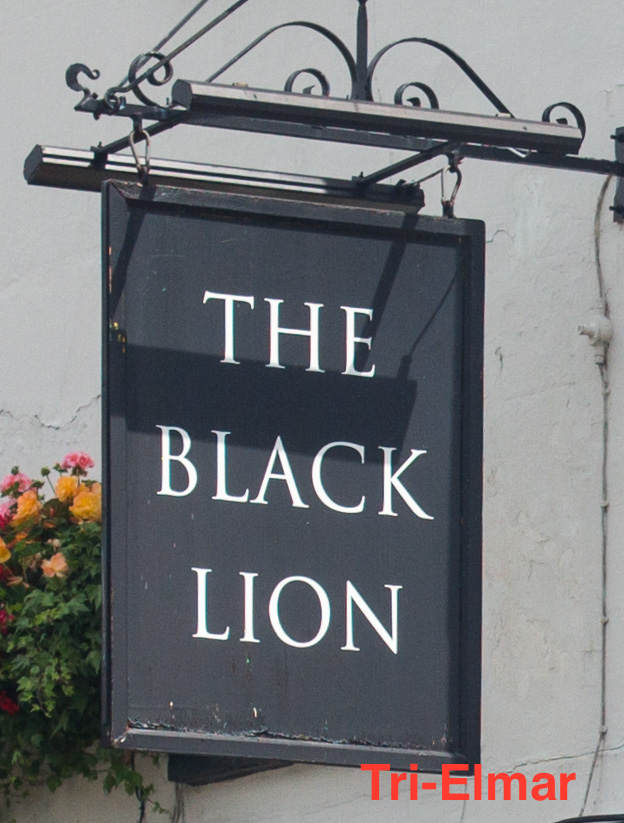
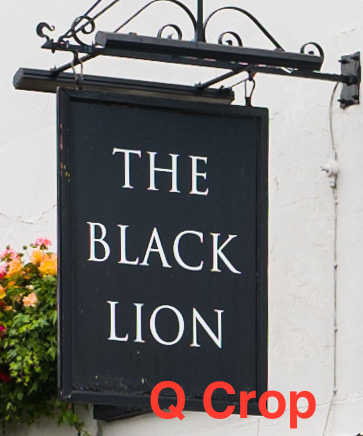
Below are two scenes taken with both lenses at the three focal lengths. Click on the thumbnails to set the image size.
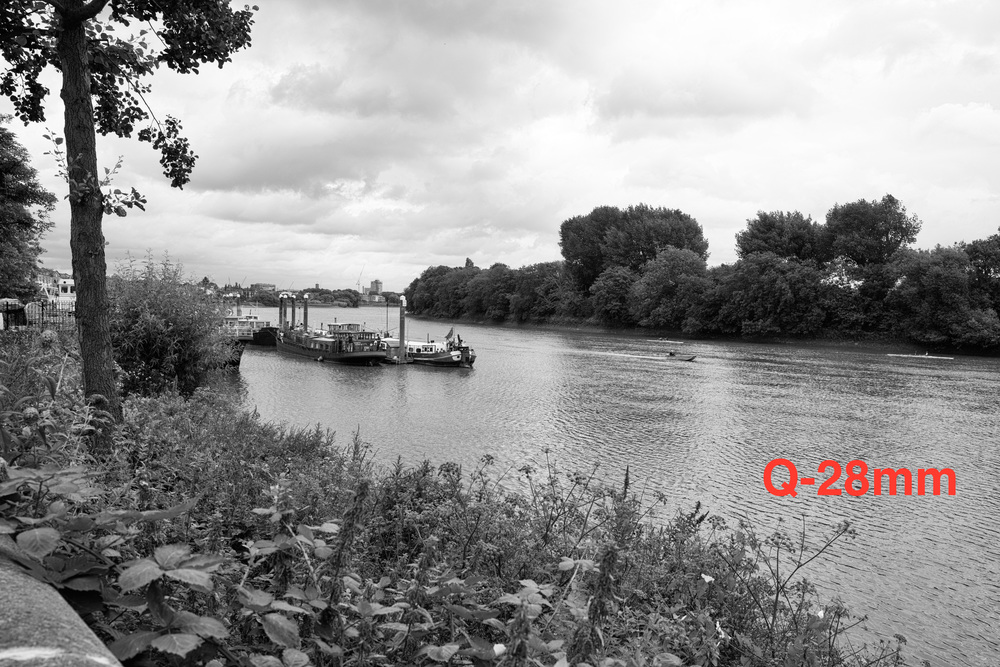
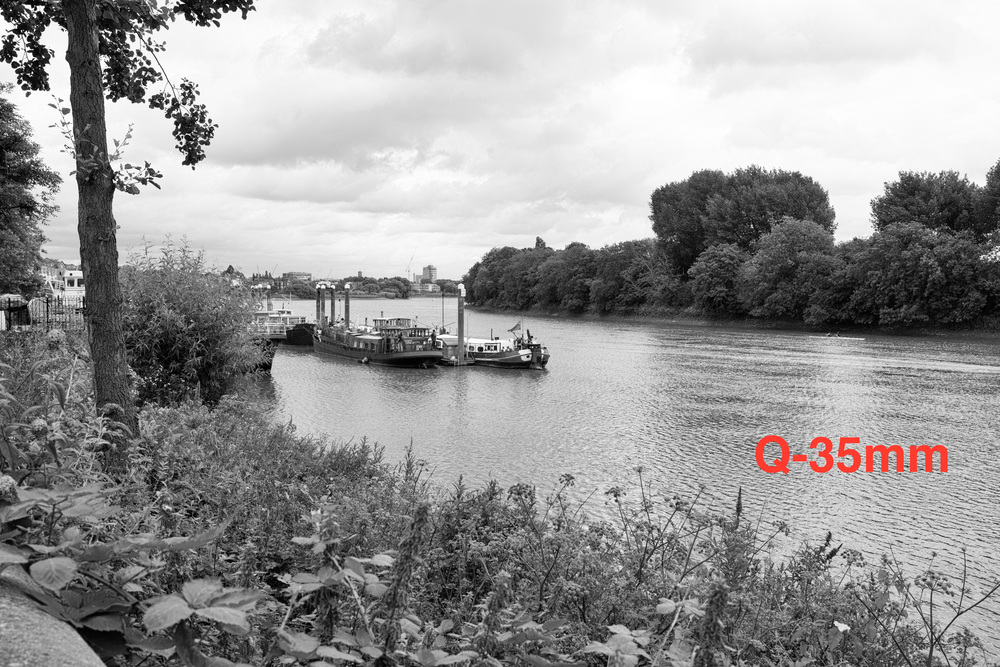
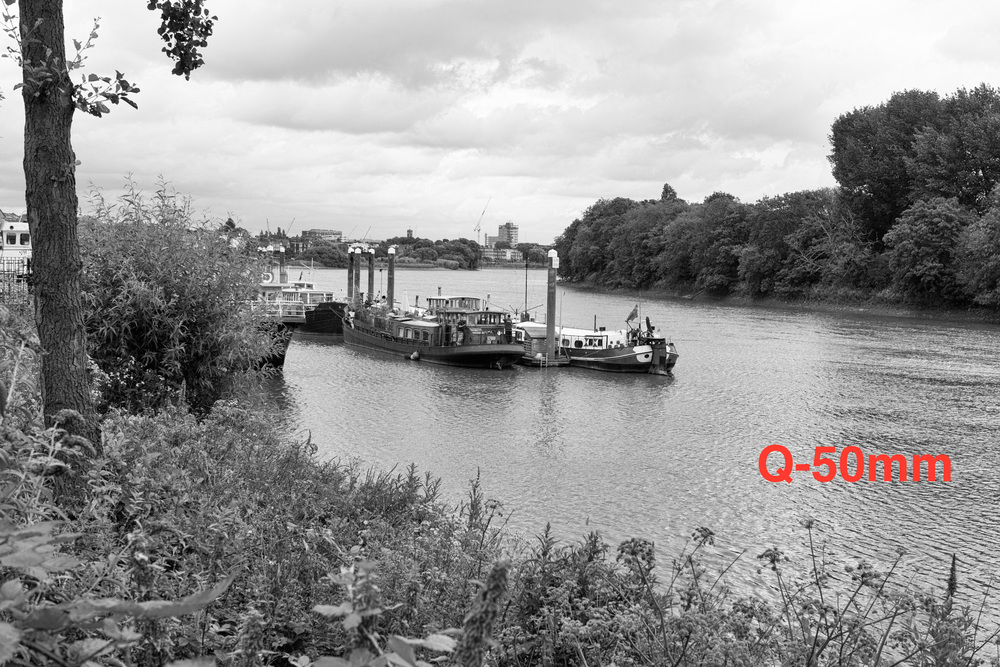
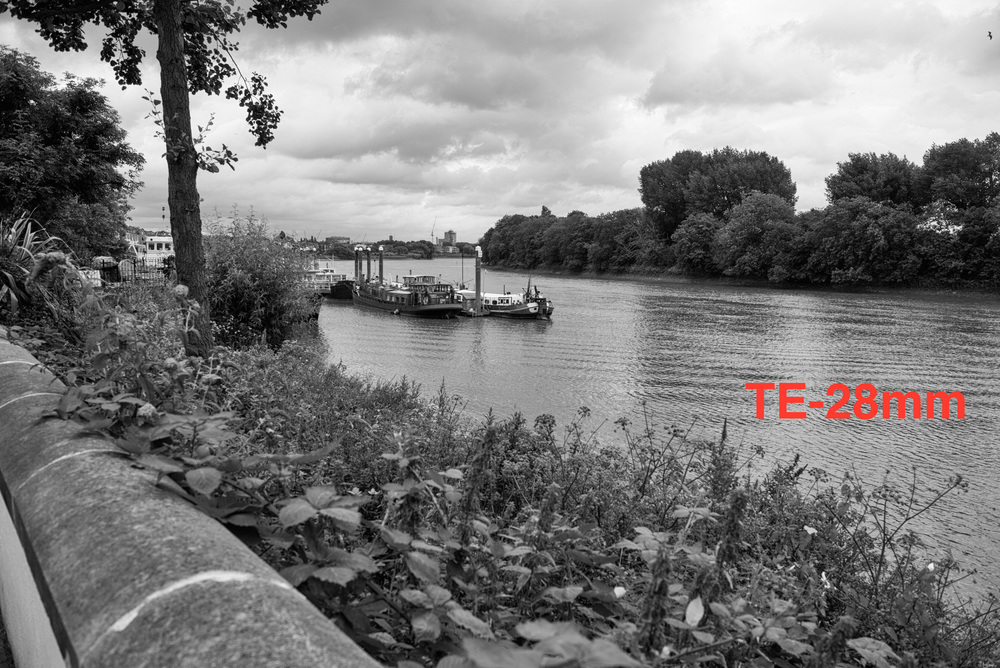
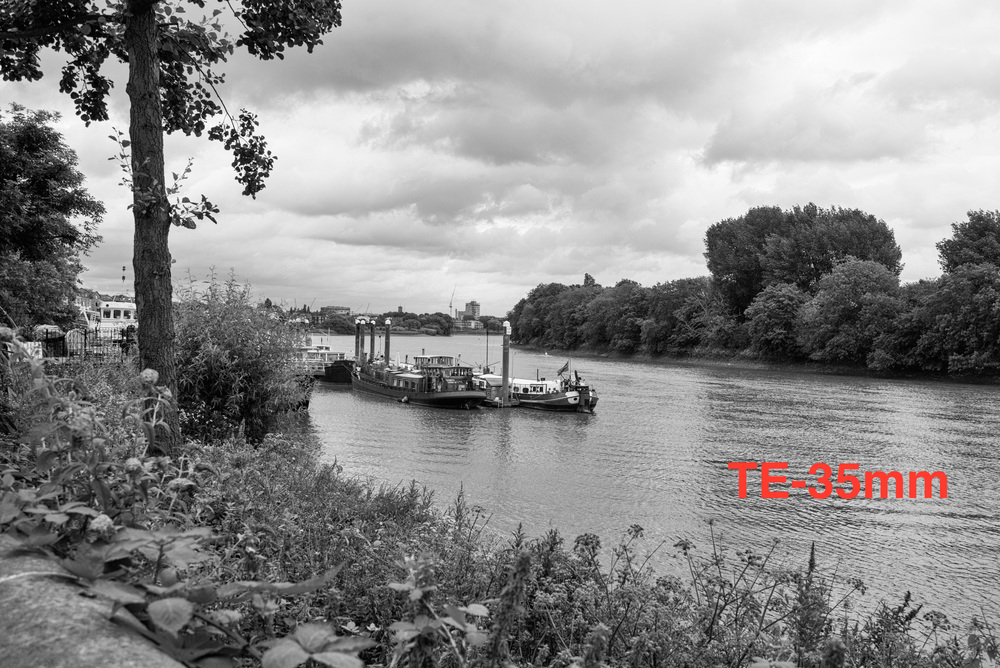
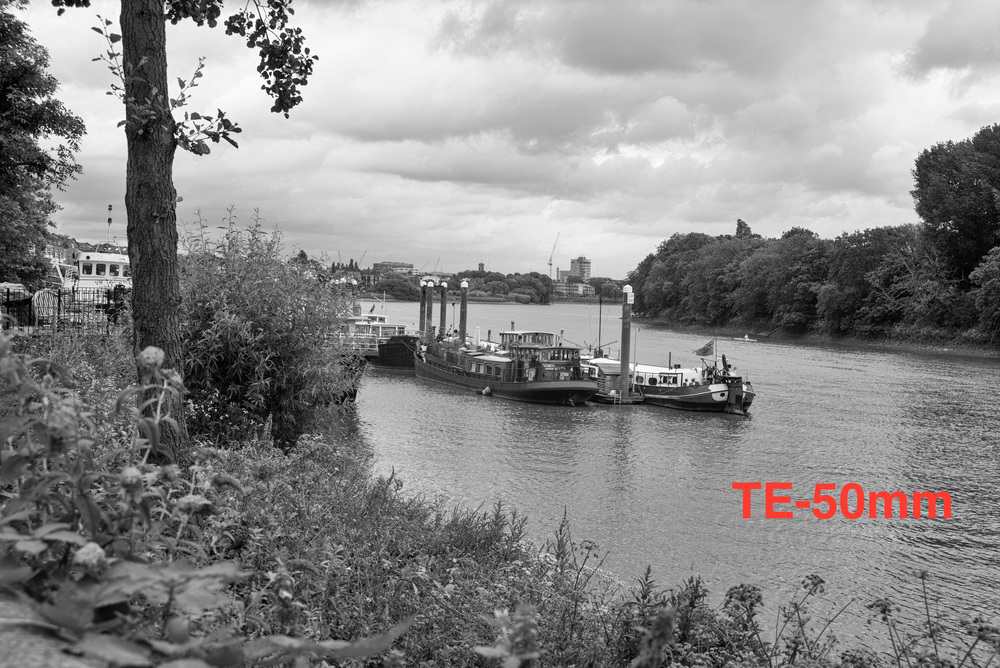
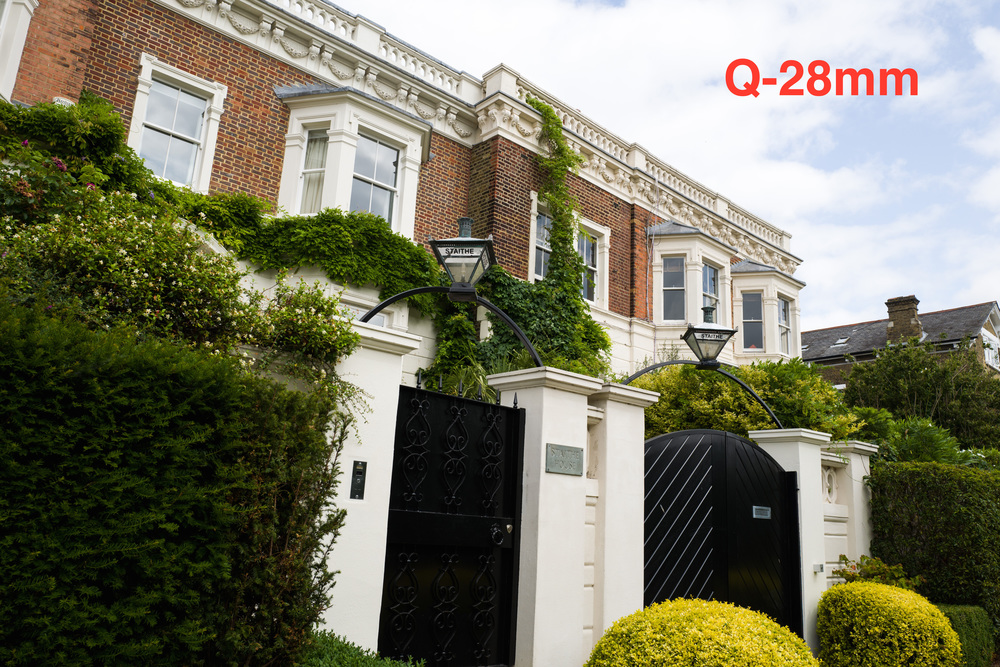
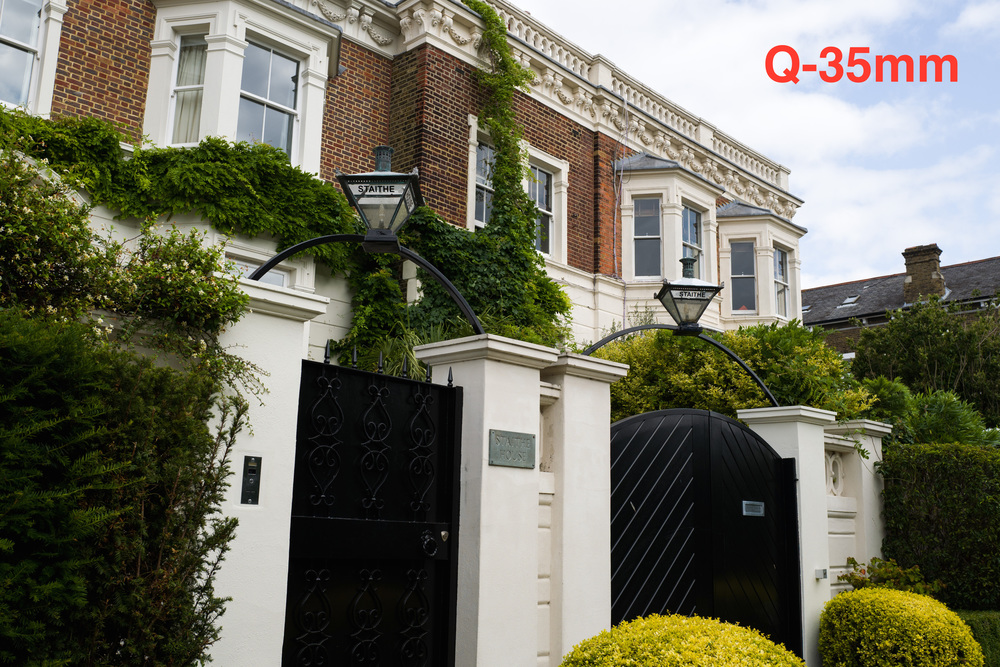
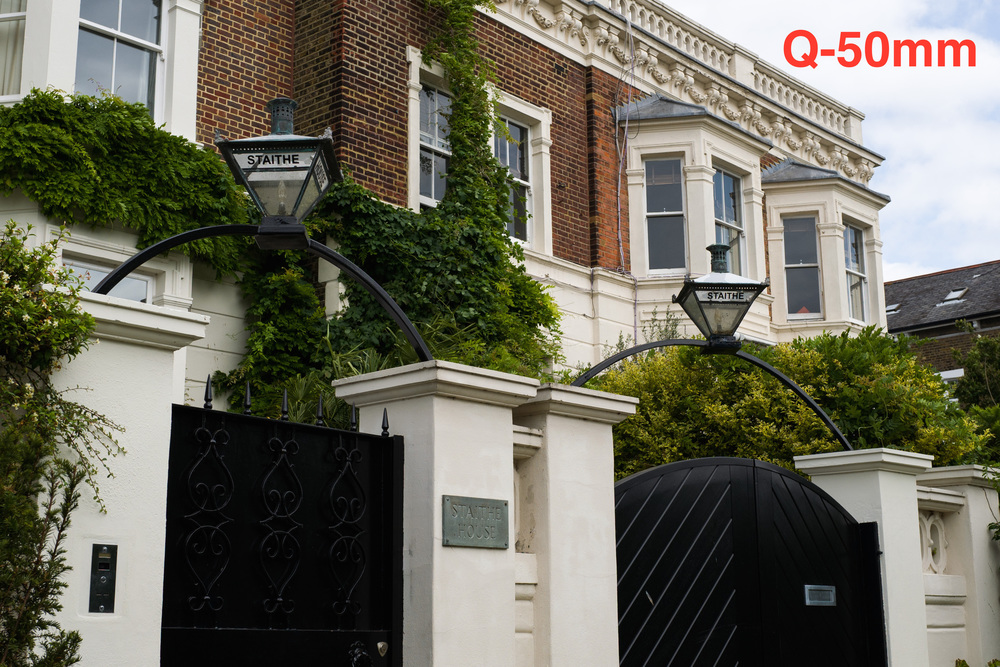
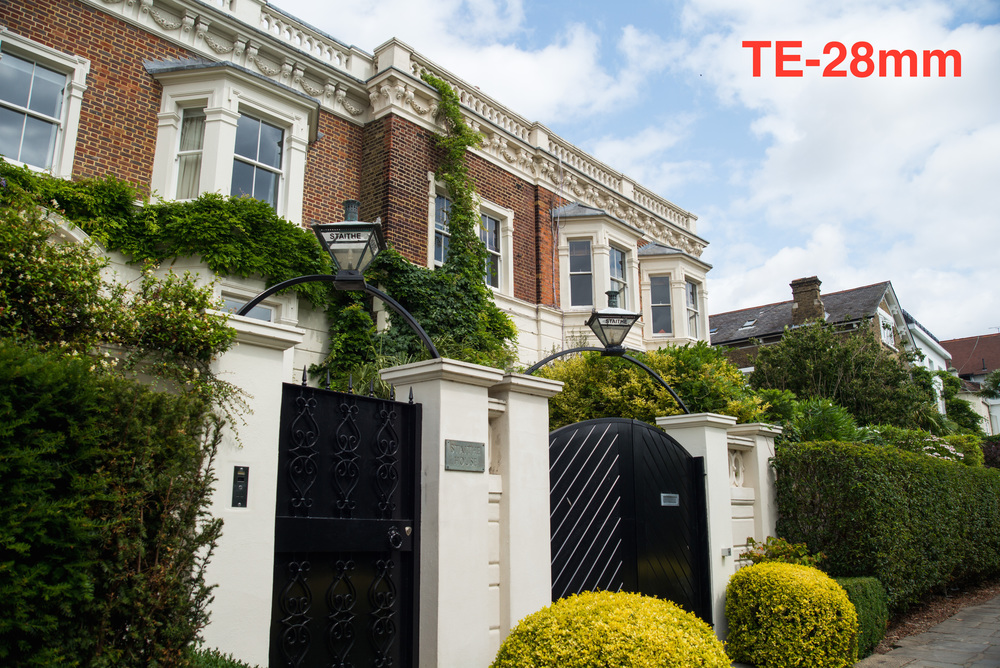
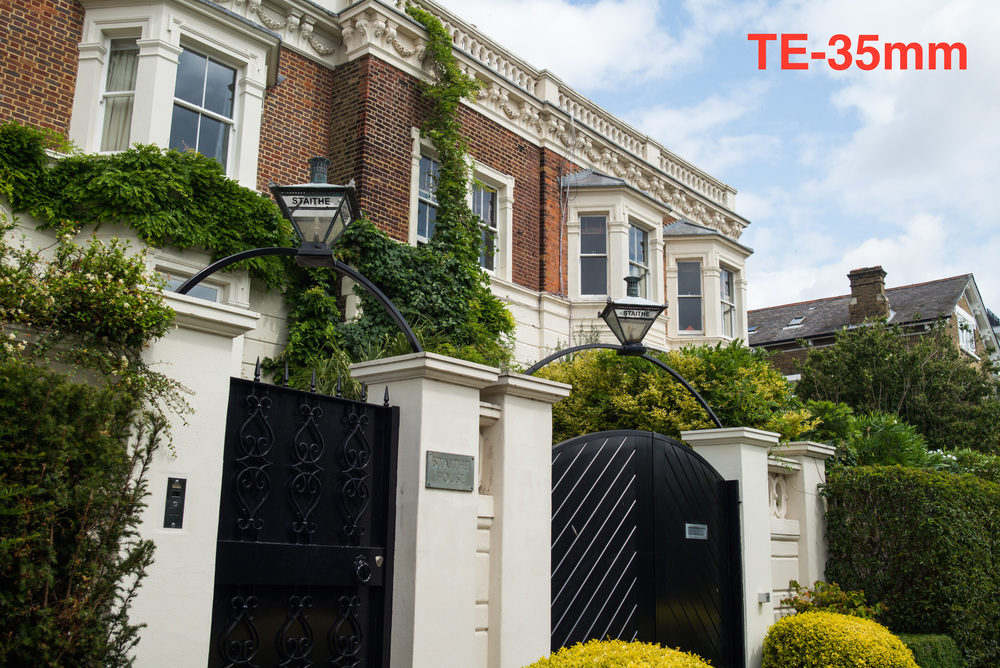
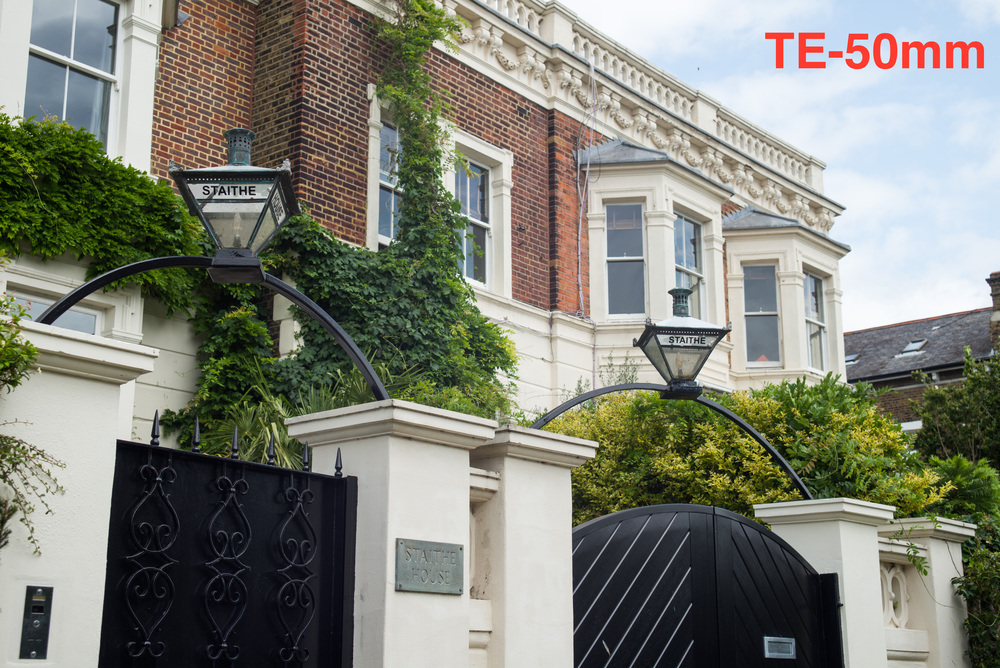
The examples below again demonstrate how well the Q compares with the M lens despite the Q being cropped from 28mm to 50mm. Turn to the further crops of the buildings in the distance and the difference is obvious. There is no substitute for the full-frame image.
<img src="https://www.macfilos.com/wp-content/uploads/2015/07/L1000251-Q50-C.jpg" alt=''/>
<img src="https://www.macfilos.com/wp-content/uploads/2015/07/5c53246ecc96a_img.jpg" alt=''/>
<img src="https://www.macfilos.com/wp-content/uploads/2015/07/5c53246f7247e_img.jpg" alt=''/>
<img src="https://www.macfilos.com/wp-content/uploads/2015/07/5c5324707721f_img.jpg" alt=''/>
What conclusions to draw? The Q, with its frame lines and cropped images, actually works very well. As a travel camera, with the three focal lengths at your disposal, it proves versatile and offers sharp images which can be cropped to good effect. If it is your only camera you will find the crop function useful.
Ultimately the Q remains what it is, a camera with a wide-angle 28mm lens. It can play at being a 35 or a 50 but the narrower focal lengths are no better than crops you can make in Lightroom. We all know this, but I am quite surprised just how well the Q stands up to such magnification.

Leica could just have fit the Q with the Tri-Elmar 28-35-50. Or they could have just compacted the M.
A tempting thought. The Tri-Elmar is no more and I presume it would cost a fortune to make. I think a zoom lens would go well with the Q and maybe there will be one in the future. Unfortunately because of the full-frame sensor, such a lens, even 24-70mm would have to be large. We will have to see what Wetzlar have up their sleeve. But the Q is such a success that they would be made not to be thinking through the possibilities, including a zoom version.